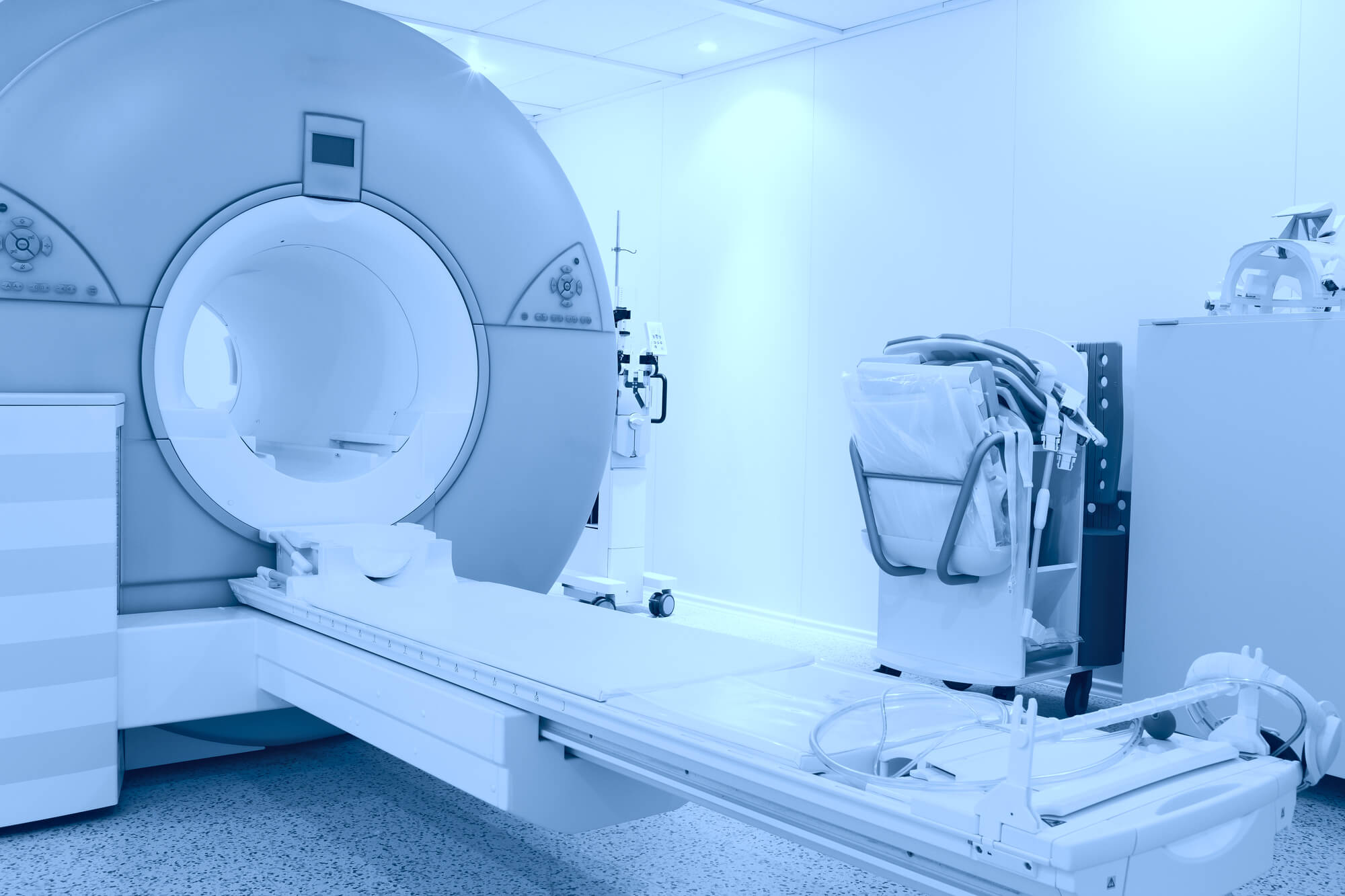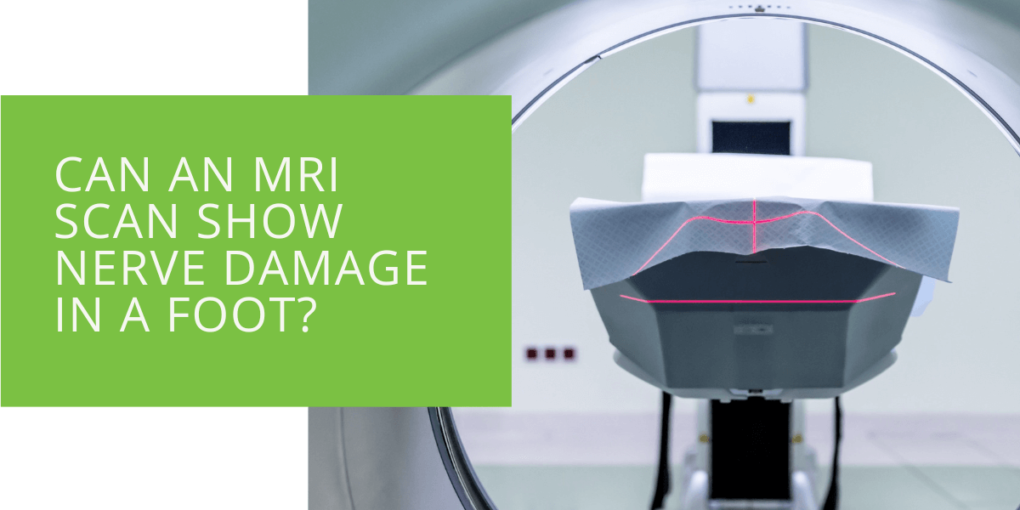Can an MRI Scan Show Nerve Damage in a Foot?
Accurate diagnosis is crucial in determining the appropriate treatment for foot conditions in podiatry. One such condition that requires precise diagnosis is nerve damage in the foot. In this article, we will explore the role of magnetic resonance imaging (MRI) scans in detecting nerve damage, the benefits and limitations of this imaging technique, and its importance in diagnosing foot-related neurological issues.
Understanding Nerve Damage in the Foot
Nerve damage in the foot can occur due to various factors, including injuries, trauma, compression, or medical conditions like diabetes. It can manifest as numbness, tingling sensations, weakness, or pain. Identifying nerve damage early on is essential to prevent further complications and provide timely interventions.
The Role of MRI Scans in Diagnosing Foot Nerve Damage
MRI scans utilize a powerful magnetic field and radio waves to create detailed images of the body's soft tissues. This non-invasive imaging technique effectively provides comprehensive insights into the structures within the foot, including nerves, tendons, and soft tissues. While an MRI scan alone cannot definitively diagnose nerve damage, it plays a vital role in the overall diagnostic process.
What Can an MRI Scan Reveal about Nerve Damage?
MRI scans can provide valuable information about the presence of nerve damage in the foot. By producing high-resolution images, an MRI can identify structural abnormalities, such as pinched nerves or inflamed tissues, that may be causing the nerve-related symptoms. This imaging technique can also help rule out other potential causes, such as tumors or issues related to the vertebrae.
Limitations of MRI Scans in Detecting Foot Nerve Damage
Although MRI scans are highly effective, there are certain limitations to consider. In some cases, nerve damage may not be visible on the scan, especially if the damage is microscopic or localized in an area that is challenging to capture. Additionally, differentiating between nerve damage and other foot conditions solely based on an MRI scan may require additional clinical correlation and a comprehensive neurological examination.
Combining MRI Scans with Other Diagnostic Tools
Podiatrists often combine MRI scans with other diagnostic tools and techniques to ensure accurate diagnosis. A multidisciplinary approach involving collaboration between podiatrists, neurologists, and radiologists enables a comprehensive evaluation of the patient's condition. Combining clinical assessments, patient history, and imaging findings allows for a more accurate diagnosis and tailored treatment plan.

Benefits and Risks of MRI Scans for Foot Nerve Damage
The Benefits of MRI Scans
Non-Invasive and Radiation-Free Imaging
One of the significant advantages of MRI scans in diagnosing foot nerve damage is that they are non-invasive. Unlike invasive procedures or surgeries, MRI scans do not require any incisions or injections. This non-invasiveness ensures minimal discomfort and eliminates the risk of complications associated with invasive procedures.
Furthermore, MRI scans do not expose patients to harmful ionizing radiation, making them a safer choice for repeated imaging when monitoring the progression of nerve damage or the effectiveness of treatment over time. This is particularly beneficial for individuals who require frequent imaging, such as those with chronic foot conditions.
Detailed Imaging of Soft Tissues
MRI scans utilize a powerful magnetic field and radio waves to generate highly detailed images of soft tissues within the foot. This level of detail enables healthcare professionals, particularly podiatrists, to visualize nerves, tendons, and other soft tissue structures with exceptional clarity. By assessing the condition of these structures, doctors can identify abnormalities or signs of nerve damage contributing to a patient's symptoms.
Identification of Underlying Issues
MRI scans are crucial in identifying underlying issues that can cause or contribute to foot nerve damage. These scans can detect pinched nerves, inflamed tissues, or other structural abnormalities within the foot. Healthcare professionals can gain valuable insights into the potential causes of nerve-related symptoms by pinpointing these issues. Additionally, MRI scans can help differentiate nerve damage from other conditions, such as tumors or problems related to the vertebrae, allowing for more accurate diagnosis and appropriate treatment planning.

The Risks and Considerations
Claustrophobia and Patient Comfort
While MRI scans offer numerous benefits, it's essential to consider potential challenges and patient comfort. The nature of an MRI scan involves lying still inside a narrow tube-like structure, which can trigger feelings of claustrophobia or anxiety in some individuals. Patients who experience claustrophobia should inform their healthcare provider beforehand. Open MRI scanners or sedation options may be available to enhance patient comfort and alleviate anxiety.
Contraindications and Implants
MRI scans employ a powerful magnetic field, and this magnetic field can affect certain medical implants or devices. Patients with pacemakers, cochlear implants, neurostimulators, or certain metal implants should inform their healthcare provider about their situation. In some cases, the presence of these implants may restrict the use of an MRI scan or require alternative imaging methods to avoid any adverse effects.
Time and Cost Considerations
MRI scans typically require more time compared to other imaging techniques, as the process involves capturing multiple images and different angles to produce comprehensive results. Additionally, the cost of an MRI scan may vary depending on factors such as location, healthcare facility, and insurance coverage. Patients should consult their healthcare or insurance provider to understand the associated time and cost implications.
Conclusion
MRI scans are a valuable tool in diagnosing nerve damage in the foot. While they cannot provide a standalone diagnosis, they offer detailed imaging of the foot's soft tissues, helping identify potential causes of nerve-related symptoms. By combining MRI findings with other diagnostic tools and clinical expertise, podiatrists can develop tailored treatment plans to effectively address the underlying causes of foot nerve damage. If you are experiencing symptoms like numbness, tingling, or persistent pain in your foot, consult with a podiatrist who can guide you through the diagnostic process, including the appropriate use of MRI scans.
Remember, early detection and accurate diagnosis are crucial in preventing further complications and ensuring the best possible outcome for your foot health.
Key Takeaways
- MRI scans play a vital role in diagnosing nerve damage in the foot by providing detailed images of soft tissues and identifying structural abnormalities.
- While MRI scans are non-invasive and radiation-free, they may have limitations in detecting microscopic or localized nerve damage and require additional clinical correlation.
- Combining MRI scans with other diagnostic tools and a multidisciplinary approach enhances accuracy in diagnosis, and MRI scans offer benefits such as non-invasiveness, detailed imaging, and identification of underlying issues.

